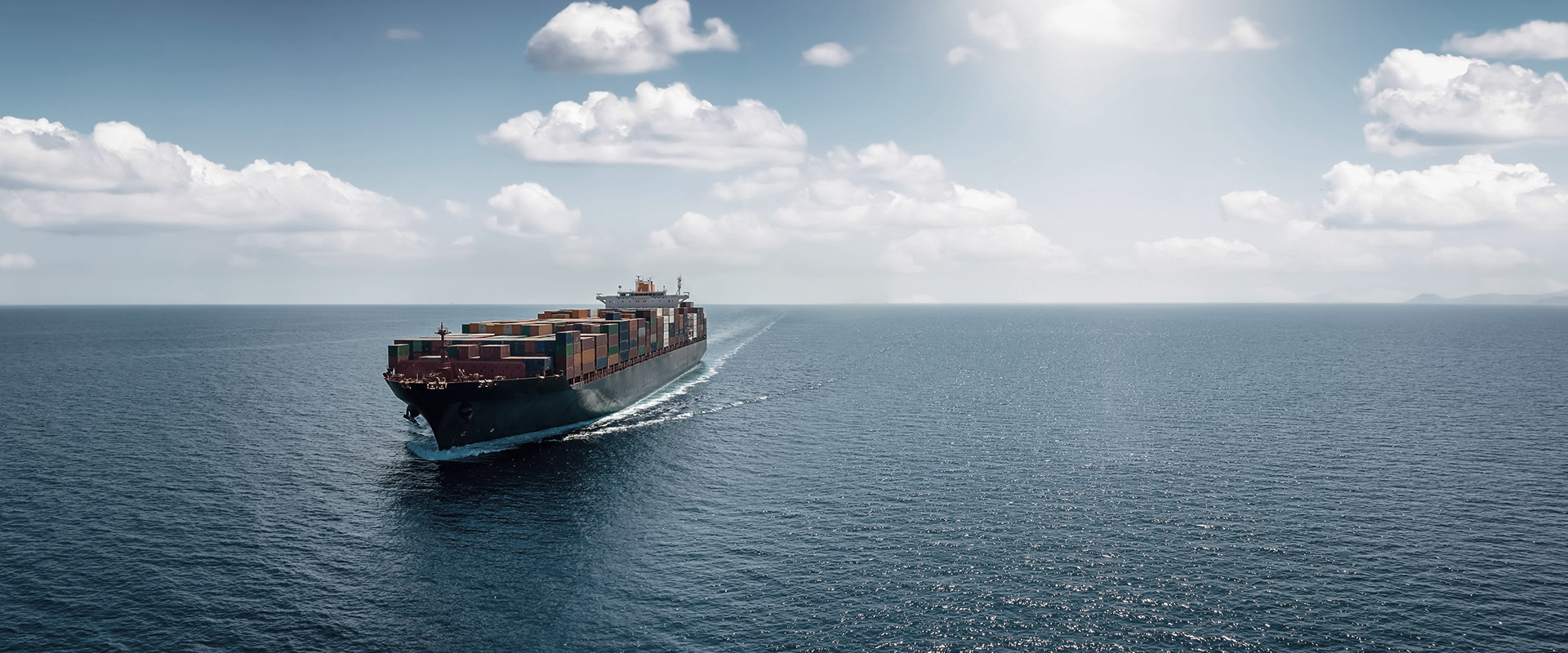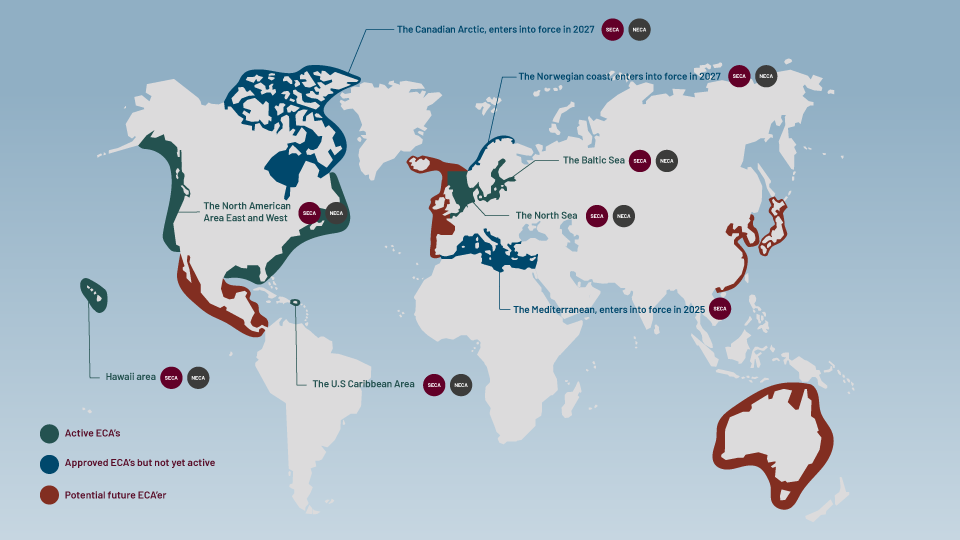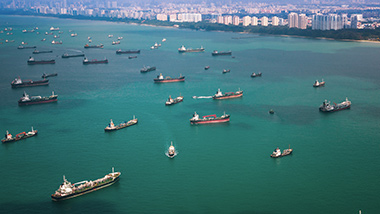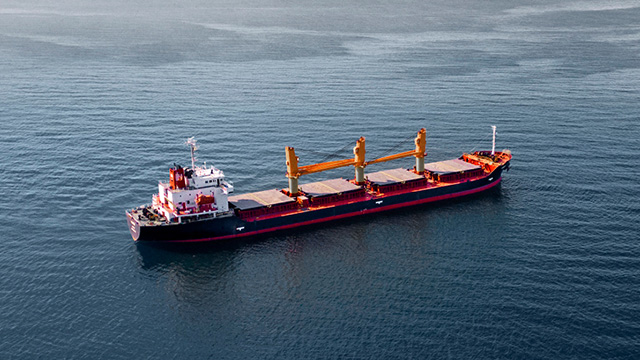MARPOL is one of the International Maritime Organisation’s (IMO) three core conventions, supporting its efforts to improve the safety and security of international shipping and to prevent pollution from ships.
The International Convention for the Prevention of Pollution from Ships (MARPOL) was adopted by the United Nations agency IMO in 1973. Five years later, the Protocol of 1978 was adopted by IMO, and the combined instrument entered into force in 1983.
The Convention includes regulations aiming at preventing and minimising different types of impact to the marine environment from ships operating around the world. IMO regulations only apply to ships flying the flag of one of its 176 Member States.
MARPOL has been updated through amendments over the years and currently includes six technical Annexes, each addressing different pollutants.
In a series of articles featured on this page, we will take a deep dive into MARPOL Annex VI, which originally aimed at reducing air pollution from shipping, and in recent years has been updated significantly to include the reduction of GHG emissions from shipping.
Learn more:
• International Maritime Organisation (IMO)
• International Convention for the Prevention of Pollution from Ships (IMO)





